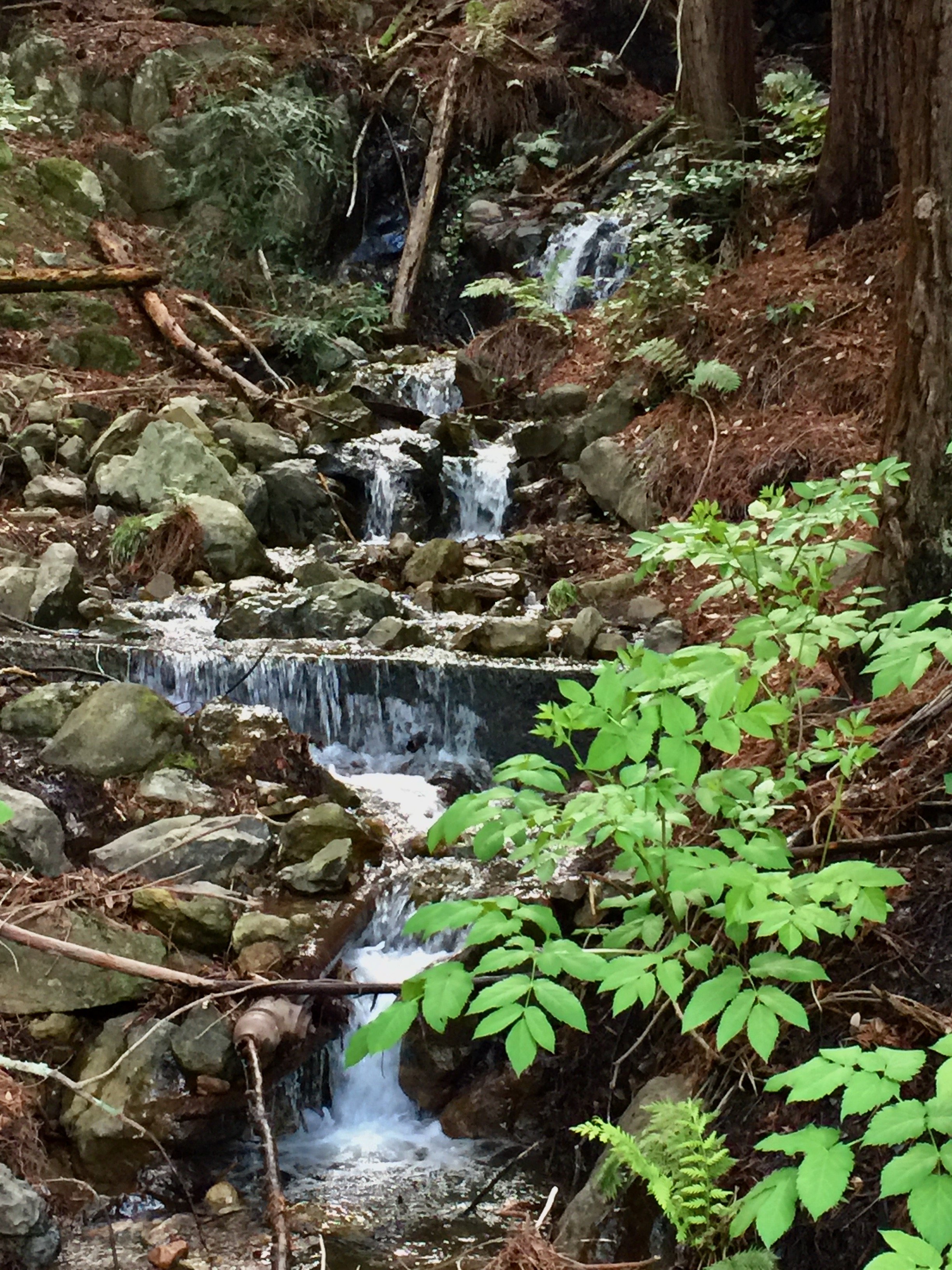
Riding Etiquette
Suggestions on riding politely: starting with our adaptation of rules from Ft. Ord Monument, and ending with the Slow and Say Hello rules.

Hiking Trails For Those Who Prefer Hiking without Bicycles
We get that some hikers prefer bike-less trails. Fortunately, MMWD provides 60 miles of trails for those hikers.

